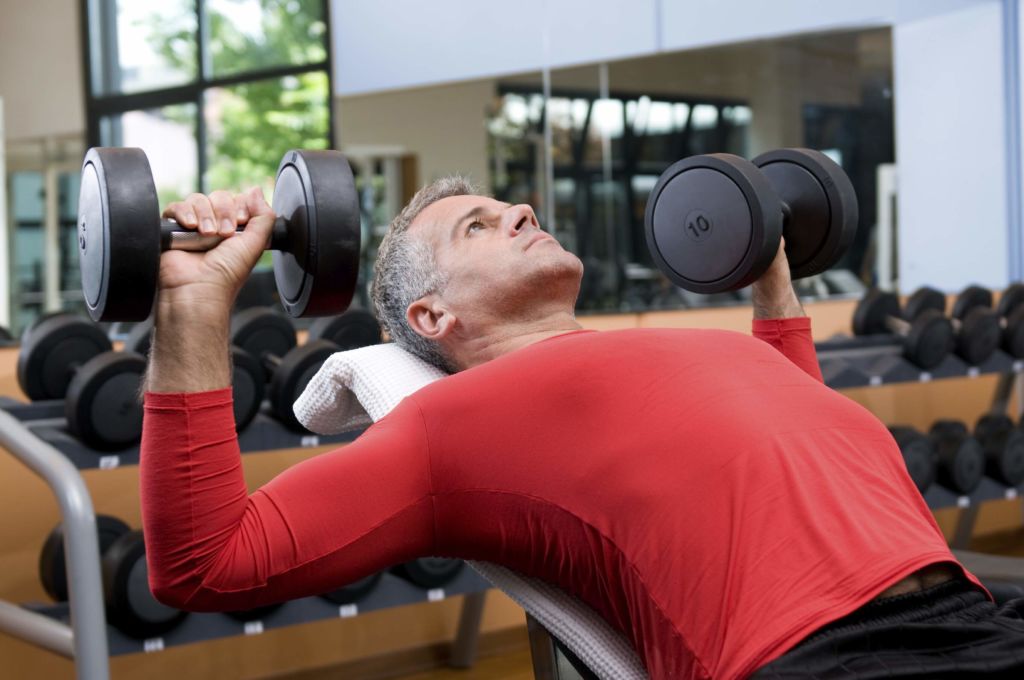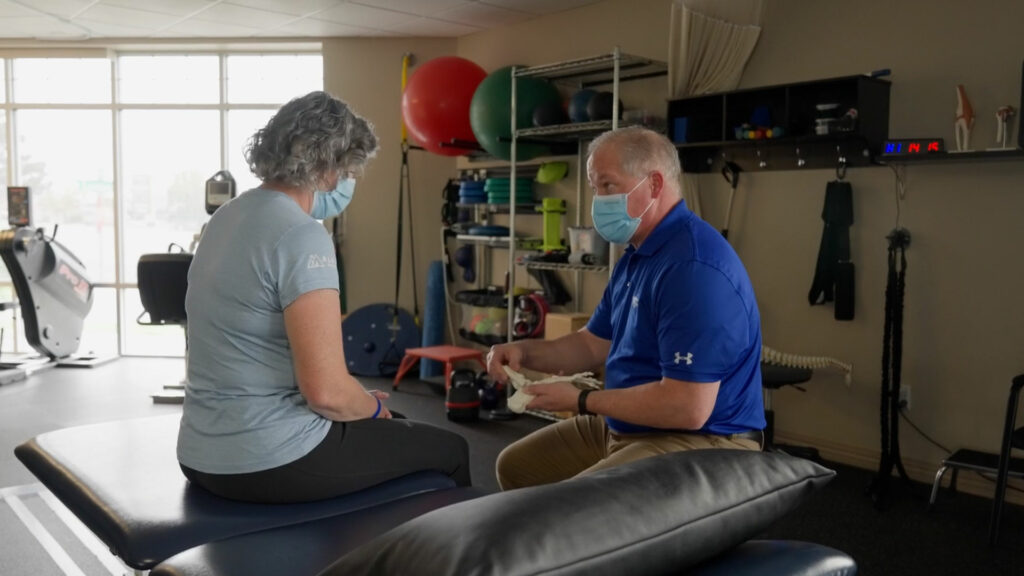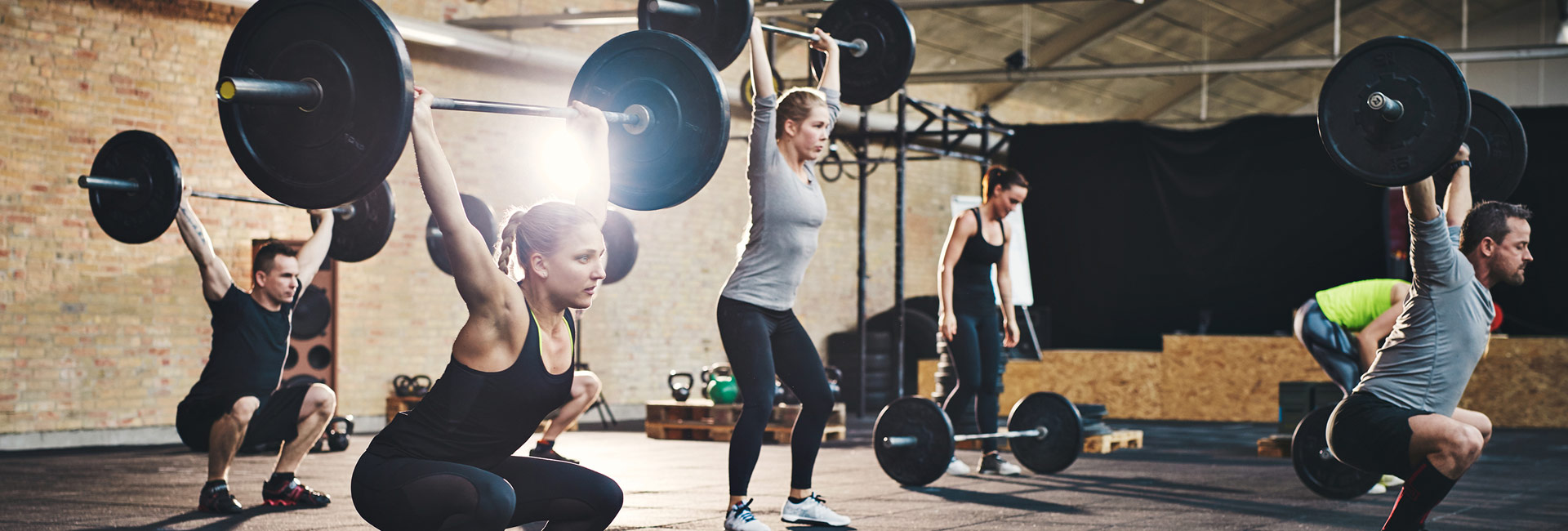“No pain, no gain” doesn’t work.
Like a lot of athletes, I grew up in the “no pain, no gain” world. I love some of the old sayings from coaches, like “Rub some dirt on it,” or “Pain is weakness leaving the body.” There is a spirit of toughness around this thinking, so it has a place to spur motivation. We’ve probably all heard stories of athletes playing through injuries and most people praise them for it. One of my favorites was in 1997 when Michael Jordan had the flu but scored 38 points to put the Bulls up 3-2 over the Jazz in a crucial game 5. This is what legends are made of!
Now, if I’m Michael Jordan in that scenario, I hope I have the tenacity to do what he did. But I’m like most people and need to weigh my options when it comes to pushing into pain or not. The “no pain, no gain” line of thinking has often been applied inappropriately to a lot of things in our lives.
The problem with “no pain, no gain.”
A classic example I see all the time as a physical therapist and strength & conditioning coach is a shoulder injury during weightlifting. Upper body lifts like bench presses and overhead presses can be challenging to avoid pain if you don’t have strong supportive muscles like the rotator cuff. Muscle strains and tendinitis in the shoulder are common injuries for weightlifting. These usually require acute injury management like the PRICER method to let them heal. PRICER stands for protection, rest, ice, compression, elevation and referral. The rest may be total rest or relative rest by just modifying a lifting routine to allow the tissues to return to their normal capacity to tolerate the load of lifting.
Here’s the common mistake that goes through all our heads at some point (yes, including my own): “I can just ignore this shoulder pain and push through it because I don’t want to lose the gains I’ve made, and everything will be alright.” This has been a hard lesson at times to learn, but the smart and safe thing to do in this case is to humbly manage the pain, let the tissues heal, and gradually return to the lift.

As a physical therapist, I work closely with parents and coaches in youth athletics to help them recognize injuries and deal with them appropriately. It is not appropriate to ignore injuries and a physical therapist should be used as a resource to help a young athlete return to sport as quickly and safely as possible.
Understanding how pain works.
Remember, pain is an alarm. It’s our nervous system’s way of communicating that something isn’t right. Let’s take our weightlifting injury as an example. When my shoulder started hurting, my nervous system picked up on some chemical changes in my shoulder from the increased inflammation and figured out that a tissue needed to heal. That’s not the only thing the nervous system pays attention to, nor is pain always an inflammatory problem. But, in this case, it makes sense as the source of pain. So, if my alarms go off and I hit the snooze button and go about my business pushing through the pain, a couple of things are likely going to happen.
- I am likely going to make that injury worse and cause more tissue damage because the tissues are already less resilient to stress. This would likely lead to longer recovery times or even more serious intervention than if I had just rested more when the pain first started. Some mild injuries only need a few days to a week of rest, or just some modified lifting and can heal just fine. Even if it is more than a mild case, most injuries heal within 6-12 weeks with appropriate care.
- I am also more likely to develop chronic pain. My nervous system pays more attention to alarms like pain when they first start. But, if I don’t deal with it, my nervous system will adapt. It will realize that nothing has changed and will become more sensitive to get my attention. This phenomenon will shrink my margin of activity before I get the alarm to go off. This means I don’t tolerate the same level of lifting as I used to. A classic visual for this used by Adriaan Louw’s Pain Neuroscience Education program, called “Why You Hurt,” is a security alarm many of us have in our home or business. These are typically set to go off when someone breaks a window or a door but, in this case, it is going off when a leaf blows by.
Knowing when pain is safe to push through.
Like everything else, there is another extreme to this “no pain, no gain” spectrum that is not great either. This is the “all pain is bad and must be avoided” side of the pendulum. Remember, inflammation is not the source of all pain. We can experience pain and still have all our tissues intact and completely safe. “Delayed onset muscle soreness” or DOMS is a great example of this where you get expected soreness a day or two after a workout but it is normal. This should not be avoided and is very much encouraged as healthy behavior to improve the health of our tissues.
In general, treat acute injuries with a little more caution and err on the side of rest, aiming to calm down the tissues. Chronic pain usually requires some graded exposure to stress to “push through” a tolerable amount of pain that you can repeat consistently. This may take a skilled provider such as a physical therapist to help you decide what is appropriate to push through or not.

In conclusion, we owe it to ourselves to not live in either of these extremes. We need to become good “adapters” to our situation and decide how much or little we listen to our alarms. We may decide to “Be Like Mike” at times and push ourselves when we’ve weighed the risk or avoid it if it’s not worth it.
Start your journey to pain-free living today.
Our experts are committed to providing effective, efficient, and compassionate care to help you live a pain-free, active life. Our passion is to help every patient reach their goals on their journey to recovery and optimal performance.



